portraits
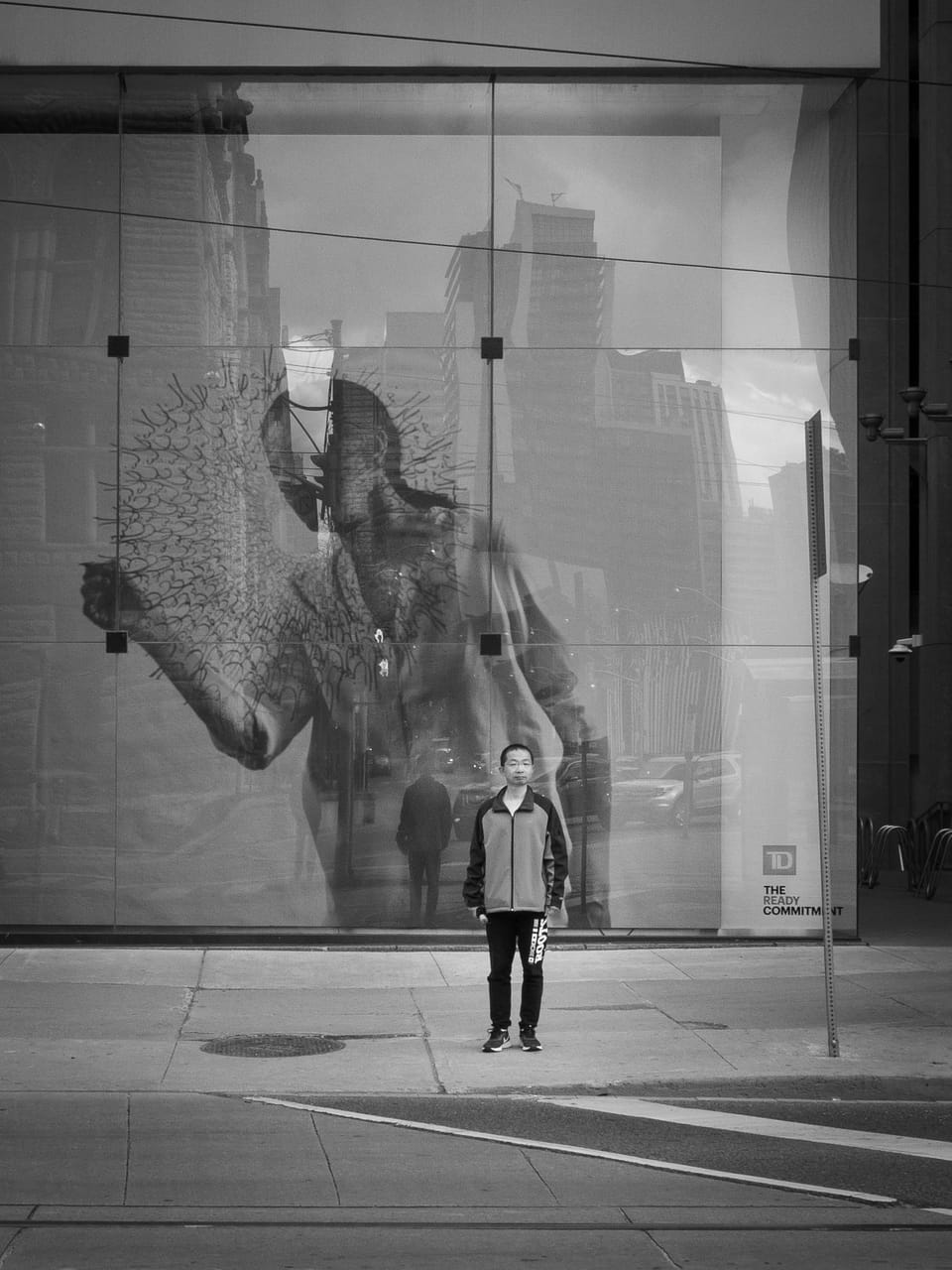
I came back to photography a few years ago, after a decades' long hiatus.
I am grateful to my friend and neighbour Mark Foard (do visit him on Substack!) for his encouragement and mentorship.
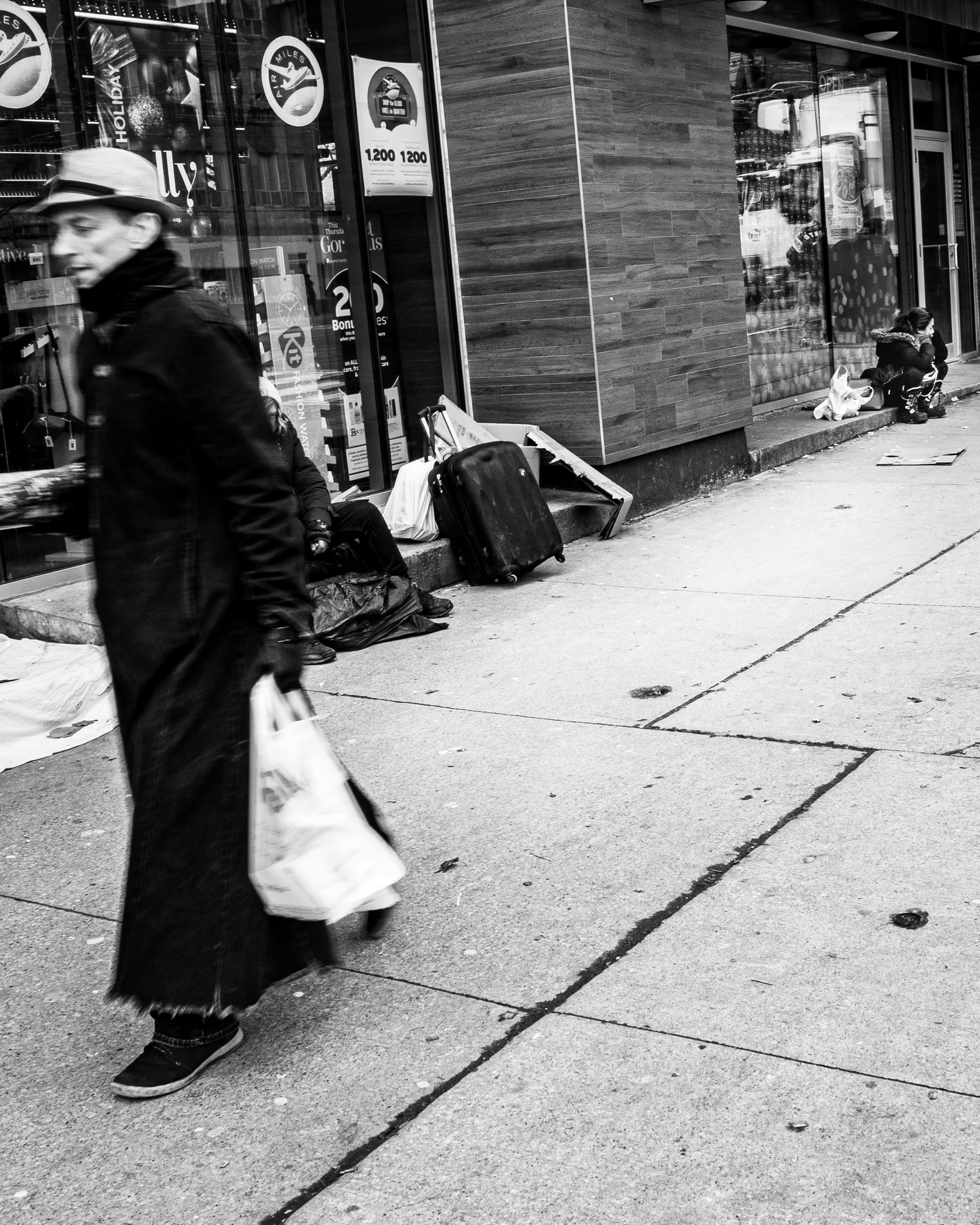
At first–shooting with a camera he lent me and walking Toronto's streets with him–I looked for architecture and wide shots of city life.
I hesitated to get close to other people, but they "called to me."
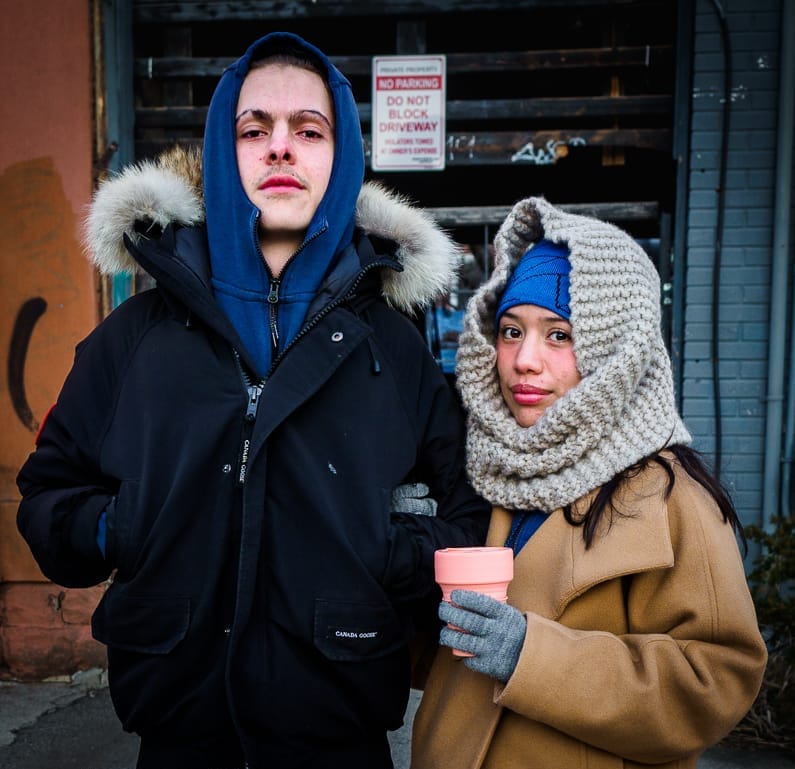
Olli Thomson's piece on Bruce Gilden on Pixellany (highly recommended) discusses the relational aspects of photography.
Gilden is often berated and sometimes pilloried for his in-your-face approach to street portraiture. Thomson is thoughtful about this and, for me at least, reopens access to Gilden's photos.
All to say that making street portraits calls for reflection and dialogue.
Thomson's piece sent me back to look at my own street work from the last few years.
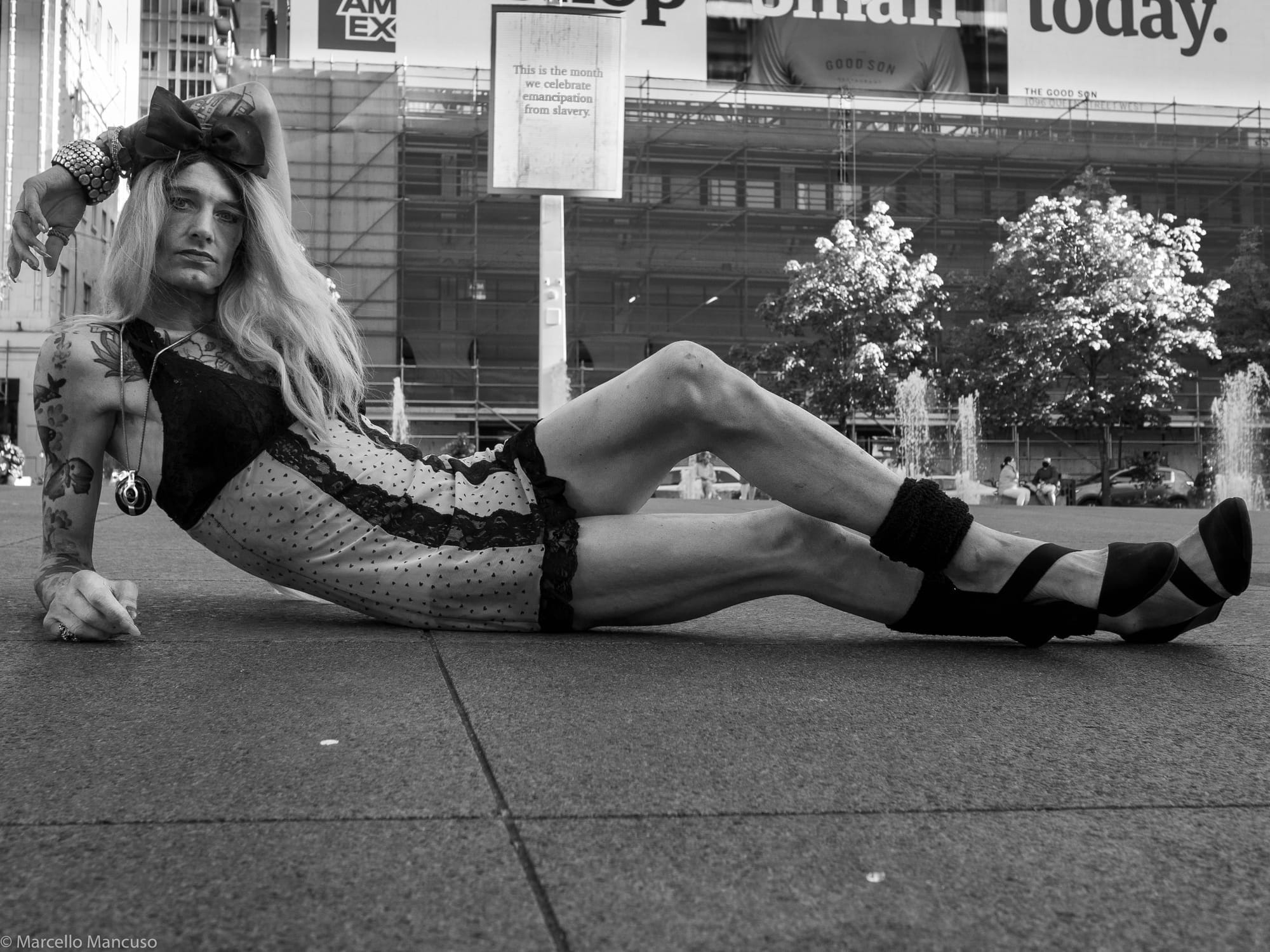
Shooting in public spaces raises issues of consent, of representation, of exploitation. "Dialogue as a structure inclusion" (this is Roger Simon's phrase in Teaching Against the Grain) is a useful concept here. I try to keep it in mind as I approach (other) subjects and record their images. (Did I cross the line in the next photograph?)
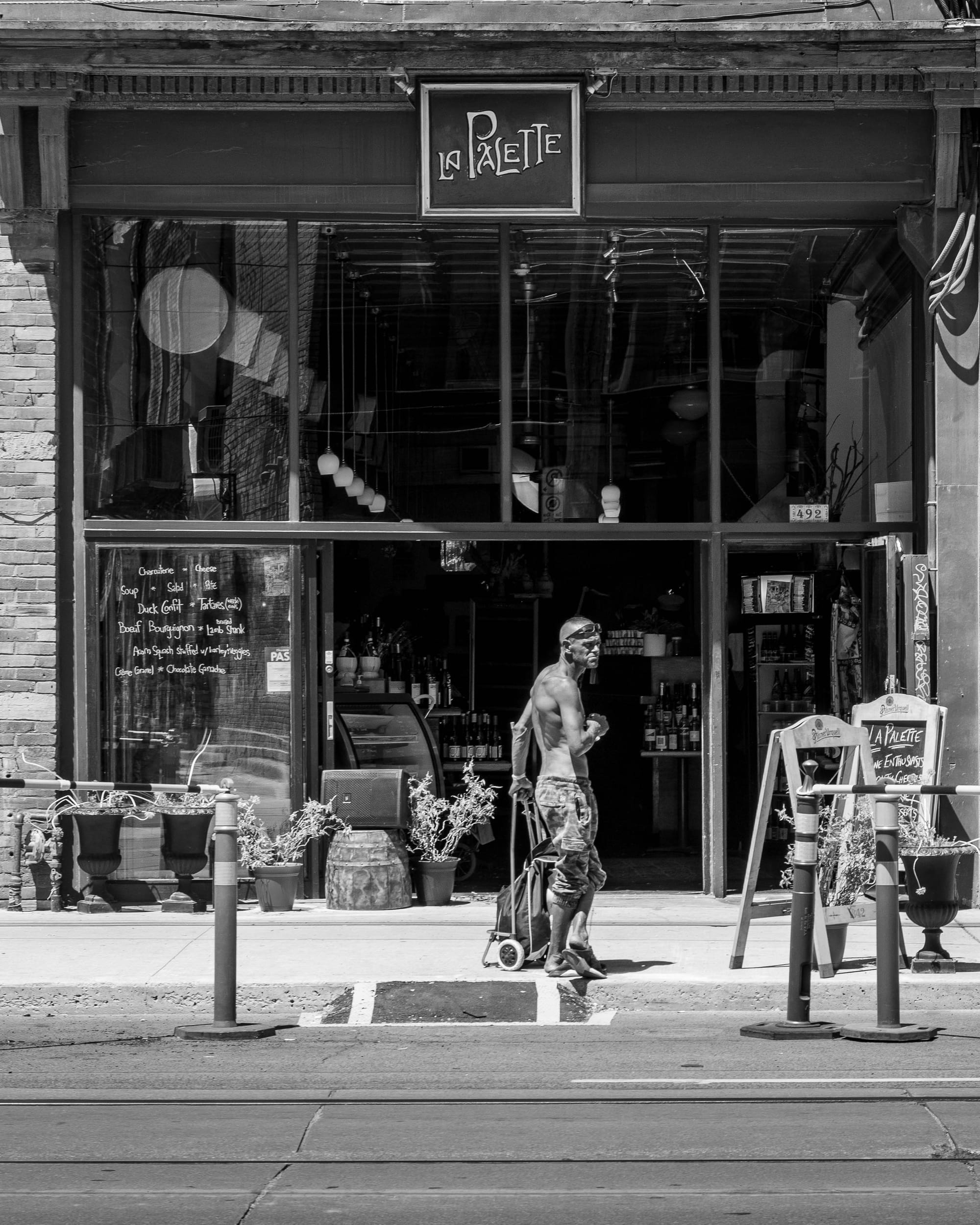
All to say that, as I grew more confident to approach my urban neighbours, I had dialogue in mind and tried not to do violence.
I can honestly say that I like the people portrayed here.
I was lucky to have met them and to have good conversations with some of them.
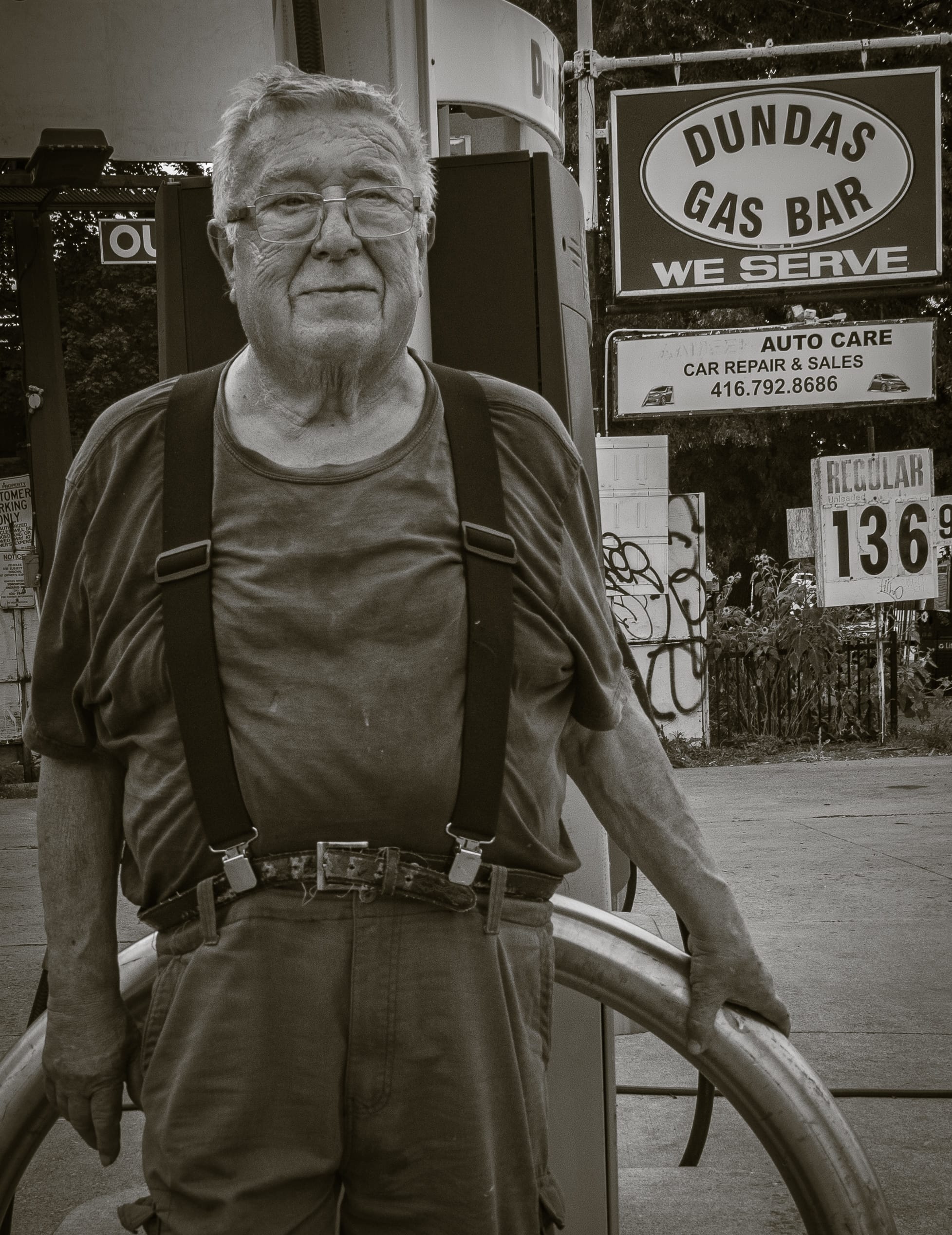
I am always interested in your thoughts. Please leave a comment or send me a message at photosmm@pm.me.
Member discussion